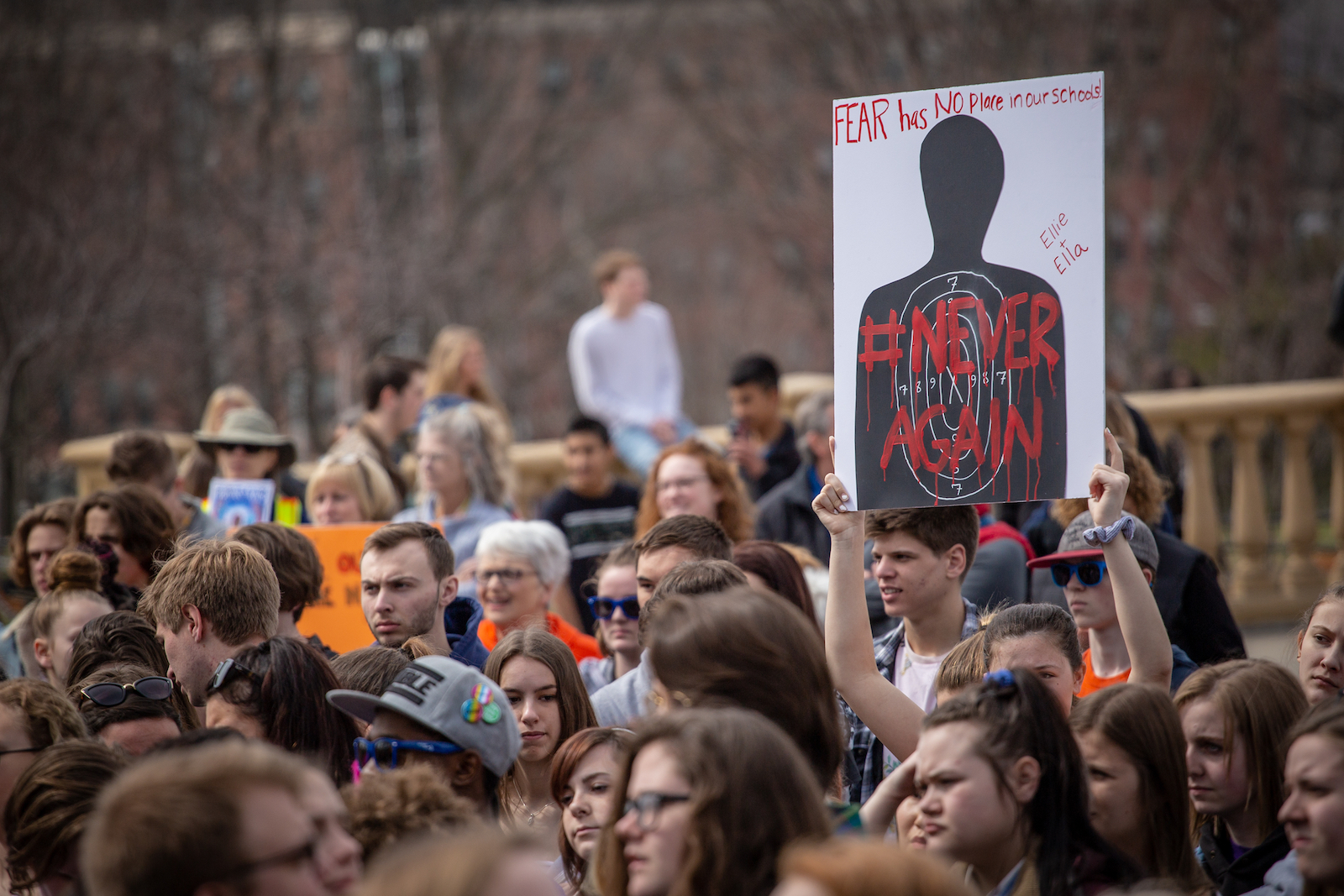
Using International Relations Theory to Understand Gun Violence
The extreme frequency of U.S. mass shootings is redefining American exceptionalism. The most recent tragic school shooting in Parkland, Florida, however, is the latest in a long line of gun violence. Since 1982, there have been more than 90 mass shootings in the United States. Until 2012, a mass shooting was defined to involve four or more victims of an indiscriminate rampage, but since 2013, the standard dropped to include at least three victims.
Experts analyze state-level factors that contribute to gun violence, but the various causes create a cacophony of conclusions. If psychological imbalances motivate mass shooters, then why does mental illness rarely lead to mass shootings? If guns themselves are the issue, why did the 1994 federal assault rifle ban produce no evidence of reducing gun violence?
To look more closely at this issue, it is useful to actually zoom out of the domestic context to consider a broader perspective. The three main schools of international relations theory – realism, liberalism, and constructivism – serve as informative tools to structure the analysis of issue of gun violence in America. We will treat every U.S. citizen as a state with their own set of interests, and use IR theory to predict how they interact with their environment.
Realism holds that states live in an anarchical world in which each looks to maximize its own power relative to that of its neighbors. In this zero-sum game, security is the primary interest, and conflict arises as states pursue their own self-interests. Realism would hold that mass shooters use gun violence to achieve an objective, whether those individuals are mentally ill and seek to exert power through inciting violence, or they have a history of domestic violence that has seeped into the public sphere.
Liberalism maintains realism’s core assumption that the world is anarchical, but it argues that there is more room for international cooperation than realism allows for. Liberalism believes that, while states are important actors, institutions and laws are powerful forces that regulate states’ interests. Applying this lens and an explanatory mechanism for gun violence in the U.S., we can see how this theory illuminates the power of the Constitution in perpetuating American gun culture. Constitutional rights are sacrosanct in the American consciousness: they are hallmarks of U.S. democracy, the vanguards of the Great American Experiment. In this respect, the Constitution not only reflects, but also shapes U.S. values, including individualism and self-reliance. The fact that the right to bear arms is codified in the Second Amendment inscribes it within the sanctity of the Constitution: it is impossible to question the right to own guns without simultaneously questioning the validity of the American civil liberties, such as the rights to privacy and property that U.S. citizens hold so dear.
Constructivism, the most recent school of international relations theory, would explore the power of norms and identity in shaping interactions between states. In this sense, assumptions of anarchy and conflict are self-fulfilling prophecies that govern states’ behaviors. It is through this perspective that we see the importance of identity and social factors in enabling gun violence. Most mass shooters are men, and masculinity as a social construct equates male identity with aggression, hardness, and emotional reticence. There is a dangerous interplay between masculinity and modern structural economic difficulties. Recessions cause financial hardships that exclude individuals from participating in a consumerist society. Economic stress, coupled with the idea that men experience social pressure to be breadwinners, creates a dynamic in which men feel particularly helpless and inadequate. Some channel their feelings in the way their masculinity has conditioned them to respond, confronting these feelings of impotency armed with guns in desperate attempts to reclaim control.
The theories also offer their own policy prescriptions for addressing the issue of gun violence. Realism speaks to arguments that hold that, in an ultimately anarchical world, gun regulation is insufficient as a means of muzzling inherent human aggression. Guns don’t kill people: people kill people, so what we need is not gun control, but to engage in balancing of power. If every citizen were armed and could defend himself, mass shooters would be deterred from committing violence. However, this solution is not empirically valid: John Donohue, a law professor at Stanford University, was a co-author of a National Bureau of Economic Research study that “concluded that allowing citizens to carry handguns seems to increase violent crime 13 to 15 percent by the 10th year.”
A liberal would argue for reforming the constitutional law or instituting some form of gun control legislation, which is a tactic that has seen success in Australia after the country passed comprehensive gun regulation following a massacre in Tasmania in 1996, and there have been no mass shootings in the country since the legislation passed. However, it is unclear that broad gun control could significantly decrease gun violence in the U.S., potentially because regulating guns does not address America’s historical love for guns that motivate people to own firearms.
Both these accounts assume an objective version of reality, and they both fall short in providing compelling, comprehensive solutions to gun violence. However, a gun constructivist can reconcile these two positions and grant that there is a gun culture in the U.S., but that this firearm fascination is constructed by norms embedded in American society. While they do not deny the reality of mass shootings as an American phenomenon, they would question how that reality came to be. What identity factors make people want to kill people? What cultural norms have named guns to be the symbols of American civil liberties? And finally, why are children caught in the crossfire of these phenomena? Ultimately, constructivists would argue that we, as a nation, have to actively work to uncouple toxic masculinity from a patriotic gun fanaticism.


